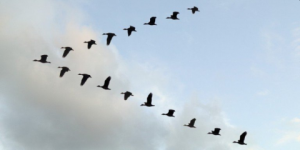That makes sense. Then I have an advice, if Australia plans a moon lander: Place the solar panels face down at the bottom! Then they will work correctly after landing...Well, Japan is on the other side of the planet, so it makes sort of sense if they used Western technology...
Meanwhile, I'm watching From the Earth to the Moon. Nice series.
Inspired by the EU's repair of things requirement:
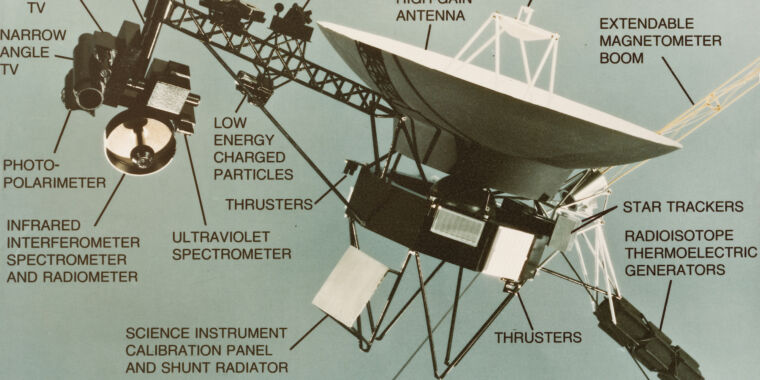
 arstechnica.com
arstechnica.com
pibbuR who is really impressed

Humanity’s most distant space probe jeopardized by computer glitch
"It would be the biggest miracle if we get it back. We certainly haven't given up."
pibbuR who is really impressed
I'm reading Sunburst and Luminary - An Apollo Memoir by Don Eyles. It relates the development of the Apollo guidance systems by the MIT Instrumentation Lab, mostly from a software point of view but with a lot of context on the hardware and the procedures (and life in general). The author explains that they ran simulations at the time, using techniques we still use today, which is surprising given the limitations of computers in the 60s.
It was so well documented that there's a very realistic simulator in Early Access about the Mercury, Gemini, and Apollo missions. You can still download many manuals from NASA, I believe.
Voyager came later; it wasn't in the same limelight and lives weren't at stake, so it's not surprising if it's less documented, doesn't have a simulation environment, or if some information disappeared with the people who were working on it. They've done a pretty good job, though. I've always been impressed by what they could achieve.
It was so well documented that there's a very realistic simulator in Early Access about the Mercury, Gemini, and Apollo missions. You can still download many manuals from NASA, I believe.
Voyager came later; it wasn't in the same limelight and lives weren't at stake, so it's not surprising if it's less documented, doesn't have a simulation environment, or if some information disappeared with the people who were working on it. They've done a pretty good job, though. I've always been impressed by what they could achieve.
From New Scientist, Last Word (QA column):
Does a cyclist with a rider behind use more energy than a solo rider?
No. He actually uses less.
Here's why:
"When a cyclist moves, turbulence is produced in the form of vortices, eddies of air behind them. This causes low-pressure areas, creating drag, a force that slows cyclists and against which they must pedal harder to maintain speed. If a second cyclist moves into the space directly behind the first, the low-pressure area will pull the second cyclist along because the air in the vortices rotates from the outside in, and this movement pushes the second cyclist.
Cyclists call this drafting and, counterintuitively, it benefits the first cyclist as well as the second. By occupying the space behind the first cyclist, the second cyclist cuts the first’s drag. The first cyclist still needs to work harder than the second, but not as hard as if they were cycling on their own."
And:
"According to “Aerodynamic drag in cycling pelotons: New insights by CFD simulations and wind tunnel testing“, published in the Journal of Wind Engineering and Industrial Aerodynamics in 2018, the answer is the lead rider actually benefits as compared with if they were riding solo. ... this can generate a 4 per cent or more advantage"
pibbuR who now will watch Tour de France (the Giro and the Vuelta as well) with renewed interest.
PS. Another reader added:
"This is most noticeable when riding a tandem. We used to ride orienteering events on our tandem. On the road sections, into a headwind, we would scorch past solo riders."
DS.
Does a cyclist with a rider behind use more energy than a solo rider?
No. He actually uses less.
Here's why:
"When a cyclist moves, turbulence is produced in the form of vortices, eddies of air behind them. This causes low-pressure areas, creating drag, a force that slows cyclists and against which they must pedal harder to maintain speed. If a second cyclist moves into the space directly behind the first, the low-pressure area will pull the second cyclist along because the air in the vortices rotates from the outside in, and this movement pushes the second cyclist.
Cyclists call this drafting and, counterintuitively, it benefits the first cyclist as well as the second. By occupying the space behind the first cyclist, the second cyclist cuts the first’s drag. The first cyclist still needs to work harder than the second, but not as hard as if they were cycling on their own."
And:
"According to “Aerodynamic drag in cycling pelotons: New insights by CFD simulations and wind tunnel testing“, published in the Journal of Wind Engineering and Industrial Aerodynamics in 2018, the answer is the lead rider actually benefits as compared with if they were riding solo. ... this can generate a 4 per cent or more advantage"
pibbuR who now will watch Tour de France (the Giro and the Vuelta as well) with renewed interest.
PS. Another reader added:
"This is most noticeable when riding a tandem. We used to ride orienteering events on our tandem. On the road sections, into a headwind, we would scorch past solo riders."
DS.
Last edited:
In the end of October and beginning to the middle of November, they cross the area where I live. Lots of trains of these birds !
I *always* get "massive" goosebumps when I hear them cry ! It's one of the deepest emotions I always have with nature. I feel a little bit like Nils Holgersson, then.
This is an edited photo from last year. Taken mid-november.
I *always* get "massive" goosebumps when I hear them cry ! It's one of the deepest emotions I always have with nature. I feel a little bit like Nils Holgersson, then.
This is an edited photo from last year. Taken mid-november.
Attachments

Mysterious 'Obelisks' Discovered in Humans. But What Are They?
Biological entities called obelisks have been hiding – in large numbers – inside the human mouth and gut.
Biological entities called obelisks have been hiding – in large numbers – inside the human mouth and gut. These microscopic entities, which were recently discovered by a team at Stanford University, are circular bits of genetic material that contain one or two genes and self-organise into a rod-like shape.Although the study is still in preprint form, meaning that it has not been peer-reviewed, it has already been extensively written about, including in two heavyweight journals: Nature and Science. Let's delve deeper into the strange world of very tiny "lifeforms".
The current "avian influenza" virus (H5N1) is - according to some scientists - "a bigger threat to birds than even DDT".
Article in German language : https://www.spektrum.de/news/vogelg...rohung-fuer-die-globale-artenvielfalt/2206835
English-language Wikipedia : https://en.wikipedia.org/wiki/Transmission_and_infection_of_H5N1
Article in German language : https://www.spektrum.de/news/vogelg...rohung-fuer-die-globale-artenvielfalt/2206835
English-language Wikipedia : https://en.wikipedia.org/wiki/Transmission_and_infection_of_H5N1
An interesting piece about the wolves that roam the Chernobyl Exclusion Zone.
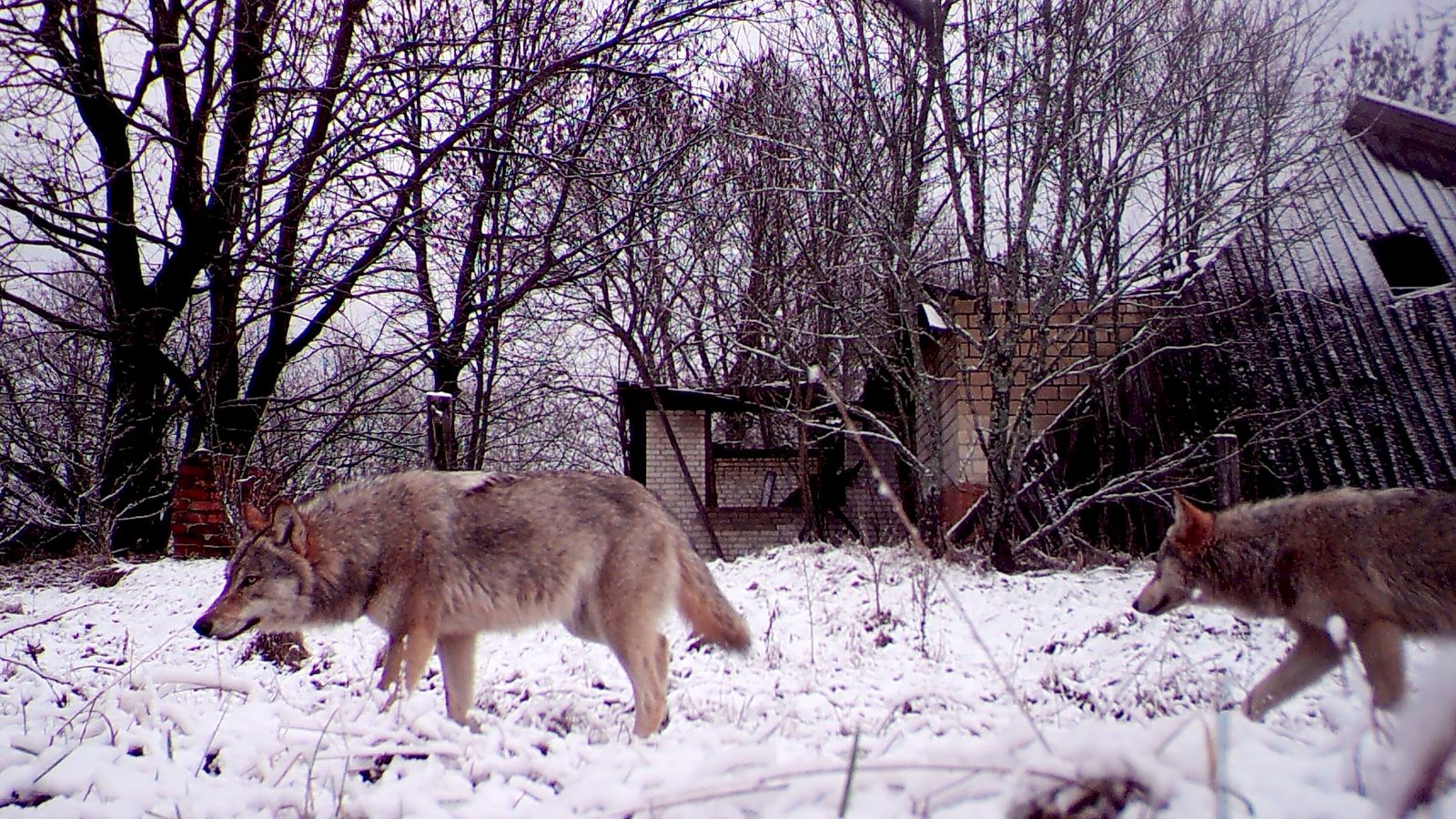
 news.sky.com
news.sky.com

Chernobyl's mutant wolves appear to have developed resistance to cancer, study finds
The wolves are exposed to cancer-causing radiation as they roam the wastelands of the abandoned city - with researchers finding part of their genetic information seems resilient to increased risk of the disease.
Interesting. I wonder about Fallout (the game) now ?
The Stalker games take place inside the Chernobyl Exclusion Zone, albeit a fictionalized version of it obviously.Interesting. I wonder about Fallout (the game) now ?
Last edited:
Yes, but my thought was just this : Could one do a game in which humans became ... mutated ... in a similar way like those wolves do ?
I could even imagine one very bad dictator dumping people into such a "radiation zone" to conduct such an "genetical experiment".
I could even imagine one very bad dictator dumping people into such a "radiation zone" to conduct such an "genetical experiment".

The first Neuralink human patient is able to move a computer mouse only by thoughts
Musk's project Neuralink, which aims to cure life-changing injuries, runs its first clinical trial on a human patient. All looks good so far, as the patient is able to control PC cursor without hands.
As always, it's the thought that counts.
Not very likely, if the goal is trying to make superhumans. Mutations are random, and most of them, if they had any effect would rather reduce life expectancy. Any benefits from natural selection would take decades, probably more than 100 years given the comparatively long time it takes before humans have children, and the long time we live after that.Yes, but my thought was just this : Could one do a game in which humans became ... mutated ... in a similar way like those wolves do ?
I could even imagine one very bad dictator dumping people into such a "radiation zone" to conduct such an "genetical experiment".
I would choose CRISPR.
Last edited:
It's some kind of glue, Jim : https://www.science.org/doi/10.1126/sciadv.adl0822
German-language press article about that : https://idw-online.de/de/news828839
Complete article in German magazine "Spektrum" : https://www.spektrum.de/news/frankreich-klebrige-steinzeitknete-aus-ocker-und-bitumen/2208031
German-language press article about that : https://idw-online.de/de/news828839
Complete article in German magazine "Spektrum" : https://www.spektrum.de/news/frankreich-klebrige-steinzeitknete-aus-ocker-und-bitumen/2208031
First commercial spacecraft to land on the moon, and the first American craft to land there since 1972.
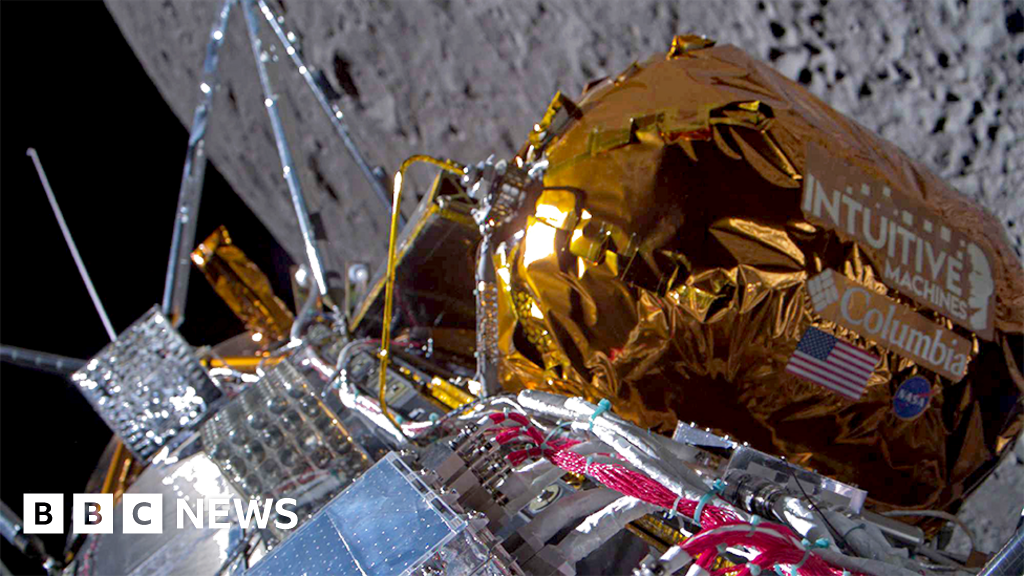
 www.bbc.com
www.bbc.com

Moon landing: US firm Intuitive Machines makes historic touchdown
Intuitive Machines completes the first ever lunar touchdown by a privately built spacecraft.
And with it is a painting by my painting teacher, Frøydis Aarseth, painted on a copper plate:First commercial spacecraft to land on the moon, and the first American craft to land there since 1972.

Moon landing: US firm Intuitive Machines makes historic touchdown
Intuitive Machines completes the first ever lunar touchdown by a privately built spacecraft.www.bbc.com
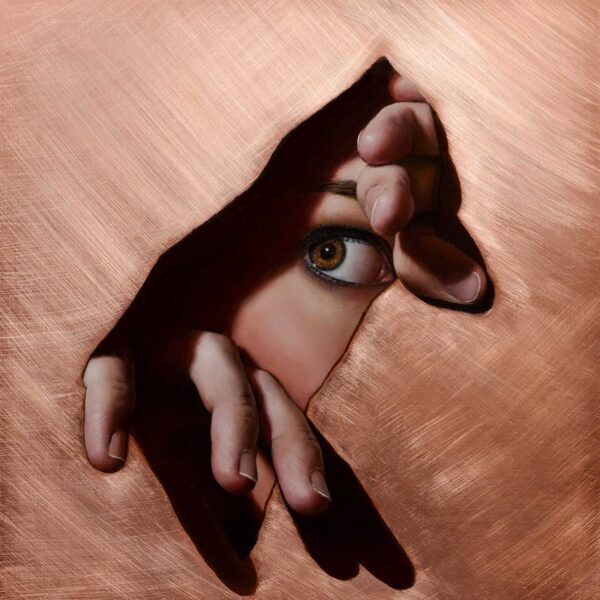
And digitally stored with 3000 other pieces of art, but only 2 from Norway.
pibbuR
Last edited:
Apparently, Odysseus wasn't really 'standing upright' after its landing on the Moon (was the photo faked?).
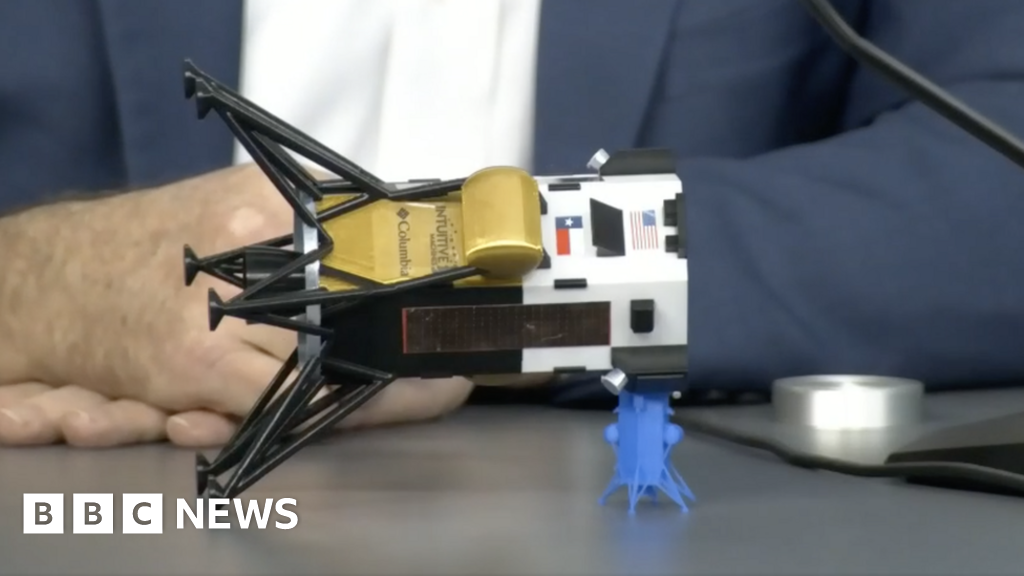
 www.bbc.com
www.bbc.com
What with all those new landers, can't they just tell up from down?

Intuitive Machines: Odysseus Moon lander 'tipped over on touchdown'
The history-making robot likely caught its foot on contact with the lunar surface and fell sideways.
What with all those new landers, can't they just tell up from down?
That painting is remarkable, because it shows a dog, too. Imho.And with it is a painting by my painting teacher, Frøydis Aarseth, painted on a copper plate:

And digitally stored with 3000 other pieces of art, but only 2 from Norway.
pibbuR
